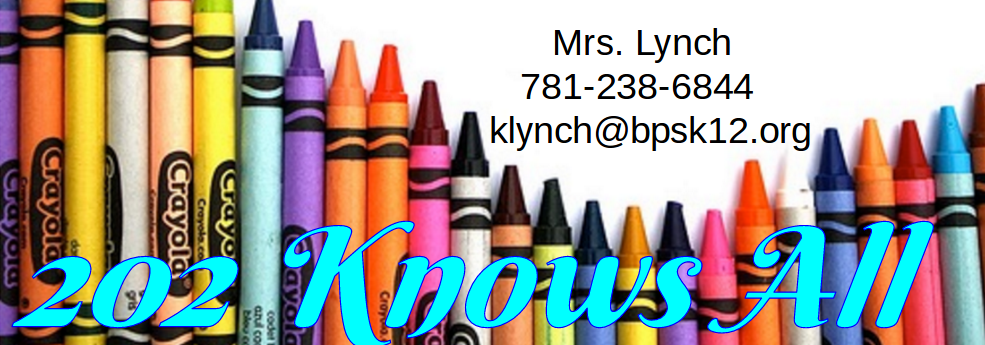 You might not guess that these children are in school, but guess what, they are. These children are reading and responding on their iPads. Every day, the children followed along while listening to Hatchet. As the chapters went on, the responses became increasingly thought provoking. In the beginning, the children were met with short answer quick responses, yet as we got deeper into the text, we layered in some requirements. They needed to use TTQA (Turn the question around), had to respond to questions with multiple steps, and even some responses requiring evidence.
You might not guess that these children are in school, but guess what, they are. These children are reading and responding on their iPads. Every day, the children followed along while listening to Hatchet. As the chapters went on, the responses became increasingly thought provoking. In the beginning, the children were met with short answer quick responses, yet as we got deeper into the text, we layered in some requirements. They needed to use TTQA (Turn the question around), had to respond to questions with multiple steps, and even some responses requiring evidence.  The children were able to respond right on their iPads so that their fellow students could see and elaborate on another's thoughts. In the end, every child had a voice, and every child had an opportunity to hear or should I say, read another's.
The children were able to respond right on their iPads so that their fellow students could see and elaborate on another's thoughts. In the end, every child had a voice, and every child had an opportunity to hear or should I say, read another's.  As is always true, the children are given weekly words to learn and use. These words come right from the week's reading. They receive a reading inventory so they can recognize the word prior to coming to it within the reading. They have these words in front of them. They are also encouraged to find other words as they follow along in the book.
As is always true, the children are given weekly words to learn and use. These words come right from the week's reading. They receive a reading inventory so they can recognize the word prior to coming to it within the reading. They have these words in front of them. They are also encouraged to find other words as they follow along in the book. There's never a shortage of support from teachers or peers in ELA. Our guiding questions aren't much different than the questions asked in the comment section of the book; however, they are more individualized. My favorite memory of Hatchet this year would be when a student pieced together the moose going crazy with the coming tornado. He remembered that animals sometimes act off when the weather will change drastically. I never even considered this before.
There's never a shortage of support from teachers or peers in ELA. Our guiding questions aren't much different than the questions asked in the comment section of the book; however, they are more individualized. My favorite memory of Hatchet this year would be when a student pieced together the moose going crazy with the coming tornado. He remembered that animals sometimes act off when the weather will change drastically. I never even considered this before. This is what the children see in front of them on the screen. As they encounter questions, the text is highlighted, the story is stopped and the children respond. The reasoning behind the stopping is to model what good readers do. When I come to a point in the text where I make a prediction, a connection, feel a turning point and more, I take a pause and have a reflective moment. My hope is to inspire the class to do the same.
This is what the children see in front of them on the screen. As they encounter questions, the text is highlighted, the story is stopped and the children respond. The reasoning behind the stopping is to model what good readers do. When I come to a point in the text where I make a prediction, a connection, feel a turning point and more, I take a pause and have a reflective moment. My hope is to inspire the class to do the same.There's nothing better than matching the right book with the right person when it's your job to have children read. But, when you can get a whole class to love a book, you really now you've done something right.
 If you look at the answers on the right, you will see 4 responses; if you could see the top of the string, you would see the question. The students can scroll through the string for ideas to get started, or to see what opinions others have. On the left is the text with sections highlighted to signify questions.
If you look at the answers on the right, you will see 4 responses; if you could see the top of the string, you would see the question. The students can scroll through the string for ideas to get started, or to see what opinions others have. On the left is the text with sections highlighted to signify questions. 














